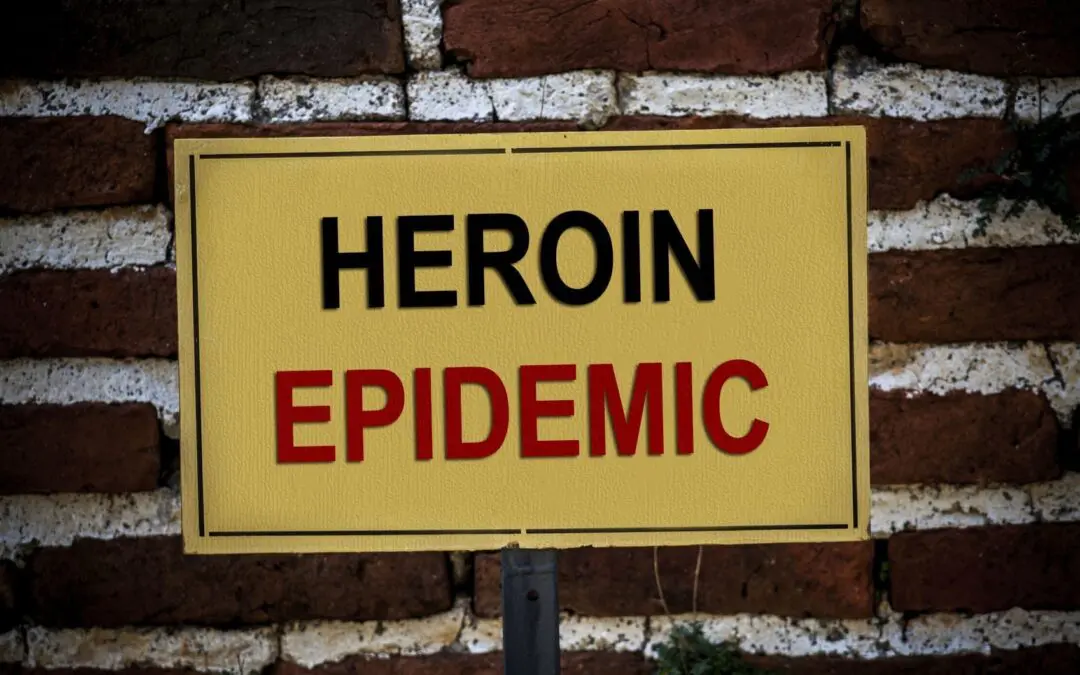[vc_single_image image=”4086″ img_size=”large”]The rate of heroin and other opiate overdoses in the US is rising. For young people who may feel pressured to try any of these substances, SAMHSA offers the following information.
The Truth About Heroin
Heroin affects your brain.
Heroin enters the brain quickly. It slows down the way you think, slows down reaction time, and slows down memory. This affects the way you act and make decisions.
Heroin affects your body.
Heroin poses special problems for those who inject it because of the risks of HIV, hepatitis B and C, and other diseases that can occur from sharing needles. These health problems can be passed on to sexual partners and newborns.
Heroin is super-addictive.
Heroin is highly addictive because it enters the brain so rapidly. It particularly affects those regions of the brain responsible for producing physical dependence.
Heroin is not what it may seem.
Despite the glamorization of “heroin chic” in films, fashion, and music, heroin use can have tragic consequences that extend far beyond its users. Fetal effects, HIV/AIDS, tuberculosis, violence, and crime are all linked to its use.
Heroin can kill you.
Heroin is one of the most frequently reported drugs by medical examiners in drug abuse deaths.
Before You Risk It
Know the law. Heroin is an illegal Schedule I drug, meaning that it is in the group of the most highly addictive drugs.
Get the facts.
Any method of heroin use—snorting, smoking, swallowing, or injecting the drug—can cause immediate harm and lead to addiction.
Stay informed.
The untimely deaths of several popular musicians and other celebrities may have influenced many young people to stay away from heroin use, but to others, the dangers are still not clear. The average age of first use was 20.7 in 2006.
Know the risks. Because the strength of heroin varies and its impact is more unpredictable when used with alcohol or other drugs, the user never knows what might happen with the next dose.
Look around you.
The vast majority of teens are not using heroin. According to a 2006 national study, less than 1 percent report ever having tried it.
Know the Signs
How can you tell if a friend is using heroin? Signs and symptoms of heroin use are: euphoria, drowsiness, impaired mental functioning, slowed down respiration, constricted pupils.
Signs of a heroin overdose include: shallow breathing, pinpoint pupils, clammy skin, convulsions, coma.
What to do if you need to help a friend using heroin?
In medical emergencies, call 911.
Encourage your friends to seek professional help and visit lradac.org
—
Information found at samhsa.gov.

